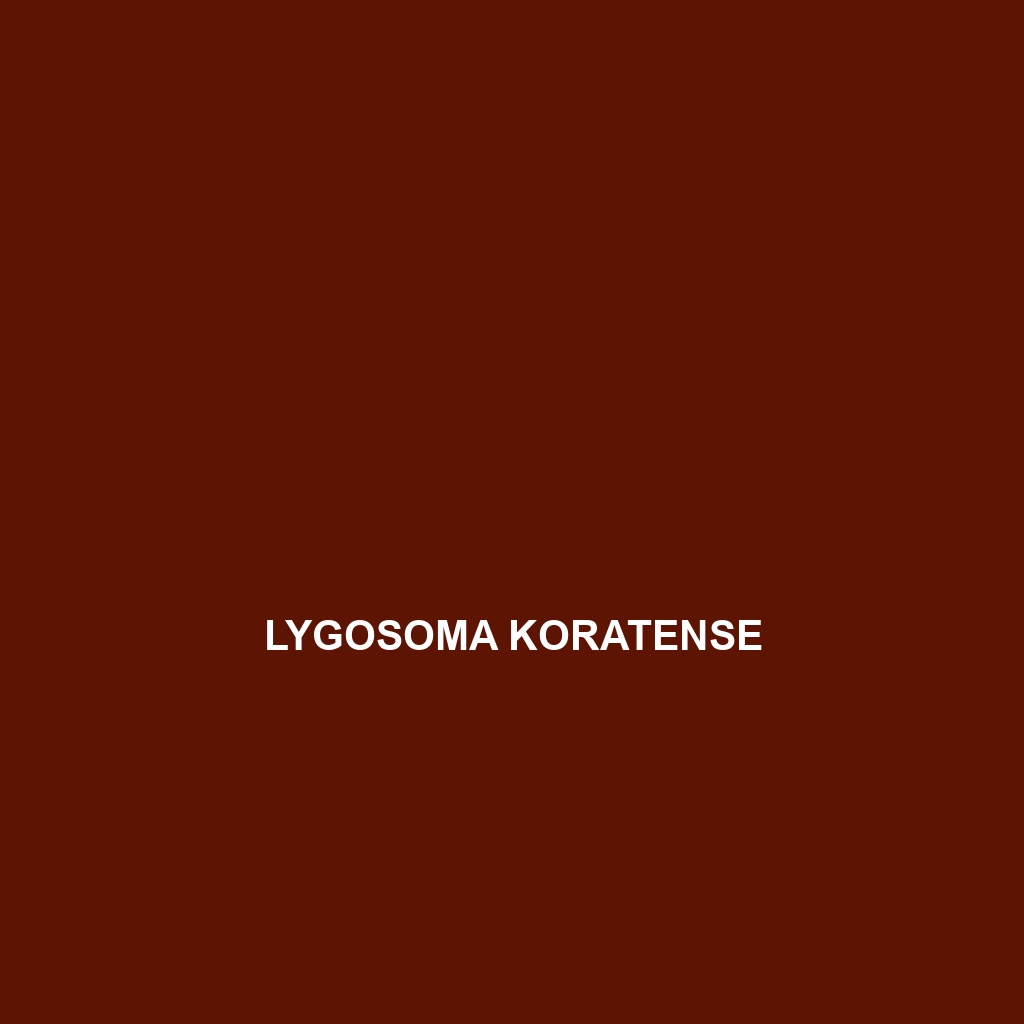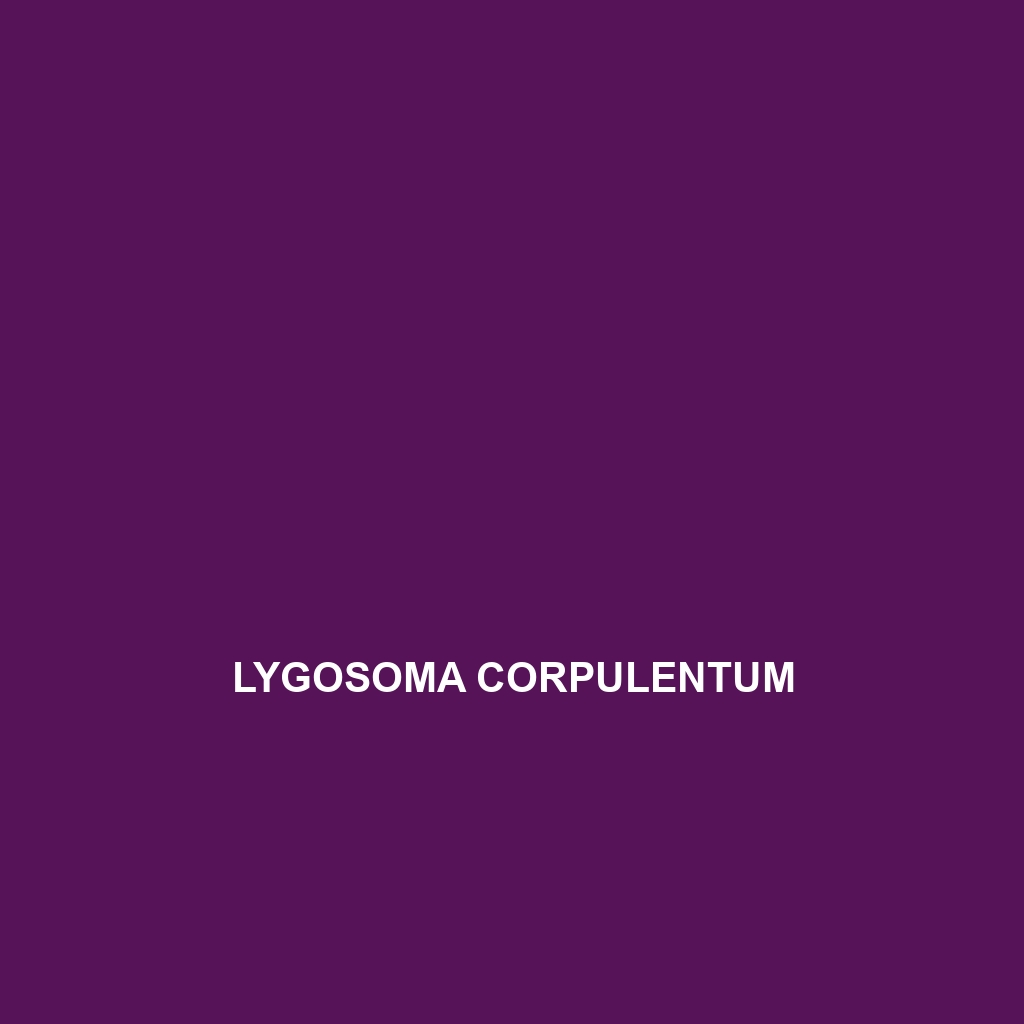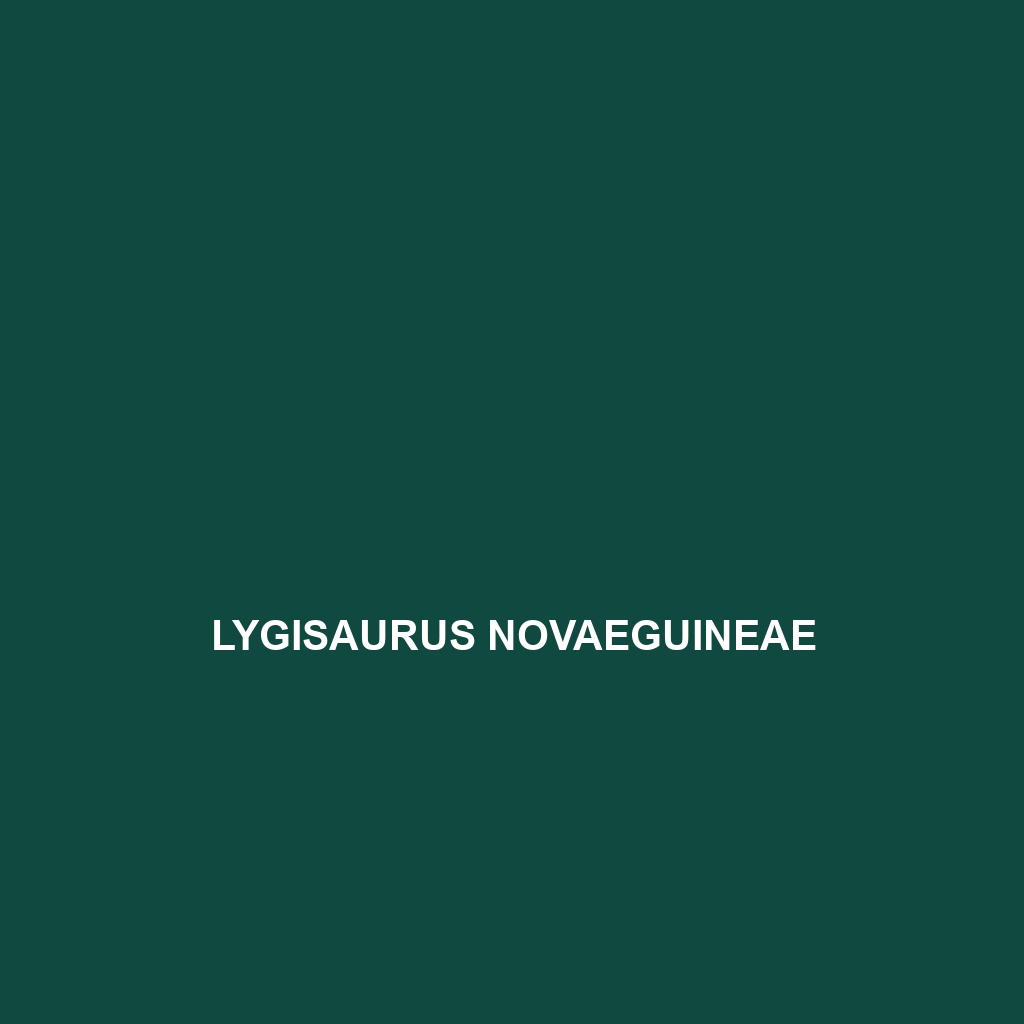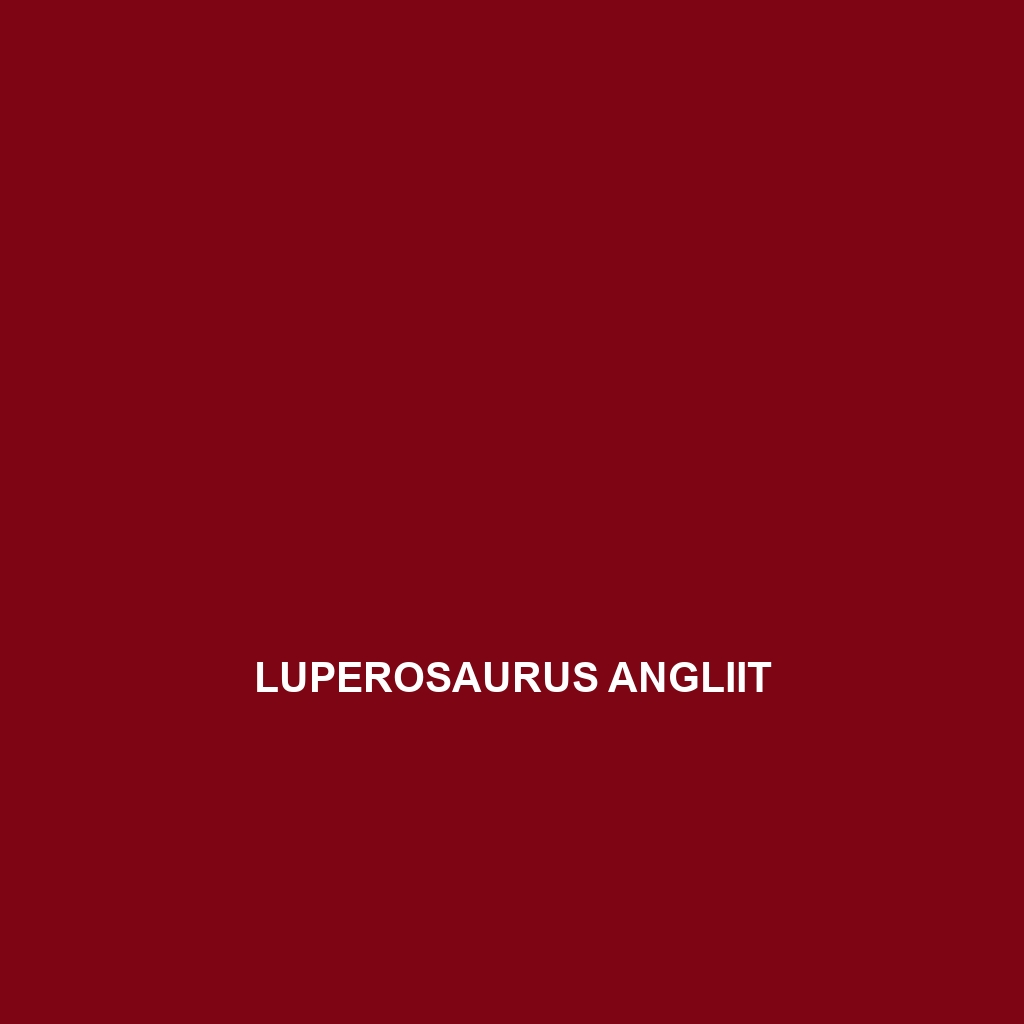Discover the Mabuya guadeloupae, or Guadeloupe skink, a vibrant, slender reptile native to the lush rainforests and savannas of the Lesser Antilles. This diurnal, omnivorous species thrives in tropical climates, playing a crucial role in its ecosystem by regulating insect populations and contributing to plant diversity.
Tag: skink habitat
Lyriocephalus scutatus
Discover the vibrant Lyriocephalus scutatus, or Sri Lankan sun skink, characterized by its slender body and striking green and yellow patterns. This insectivorous skink thrives in Sri Lanka's tropical rainforests, showcasing unique behaviors and playing a vital role in its ecosystem while currently being classified as vulnerable.
Lygosoma singha
<b>Lygosoma singha</b>, a fascinating insectivorous lizard, thrives in the tropical rainforests and savannas of Southeast Asia, exhibiting a slender body of 20 to 30 cm adorned in dark browns and greens for effective camouflage. This adaptable species plays a crucial role in its ecosystem by regulating insect populations while serving as prey for larger animals.
Lygosoma schneideri
Schneider's skink (<i>Lygosoma schneideri</i>) is a diurnal, insectivorous lizard found in humid habitats throughout Southeast Asia, known for its distinctive slender body, smooth scales, and adaptability to diverse environments. With a diet primarily consisting of small invertebrates, this skink plays a crucial role in controlling insect populations while contributing to its ecosystem as both predator and prey.
Lygosoma kinabatanganense
<p><b>Lygosoma kinabatanganense</b>, or the Kinabatangan skink, is a medium-sized insectivorous skink native to the tropical rainforests of Malaysia's Sabah region, known for its sleek, shiny scales, and agile behavior. This species plays a crucial role in its ecosystem by regulating insect populations while showcasing remarkable adaptability to various habitats.</p>
Lygosoma isodactylum
<b>Lygosoma isodactylum</b>, commonly known as the four-toed skink, is a 20-25 cm insectivore found in humid rainforests across Southeast Asia, recognized for its glossy scales, unique four-toe structure, and ability to regenerate its tail. This diurnal skink plays a vital role in its ecosystem by controlling insect populations and serving as prey for larger animals.
Lygosoma corpulentum
Discover the Lygosoma corpulentum, or fat skink, a robust insectivorous lizard native to Southeast Asia's moist tropical rainforests and varying habitats. With a stocky body, impressive camouflage, and remarkable adaptability, this ovoviviparous species plays a crucial role in maintaining ecological balance.
Lygisaurus novaeguineae
<p><b>Lygisaurus novaeguineae</b>, or the Papua New Guinea skink, is a small, agile lizard thriving in tropical rainforests, exhibiting vibrant green to brown coloration for camouflage. This diurnal insectivore plays a vital ecological role by controlling insect populations and has adaptations like tail autotomy for predator evasion.</p>
Lygisaurus malleolus
Discover the <b>Lygisaurus malleolus</b>, or Malleolus Skink, a resilient insectivore found in diverse habitats across Australia and New Guinea, characterized by its elongated body, vibrant coloration, and unique tail regeneration abilities. This fascinating species plays a crucial role in its ecosystem by controlling insect populations and contributing to soil health.
Lucasium woodwardi
Discover Lucasium woodwardi, commonly known as Woodward's skink, a medium-sized lizard thriving in southeastern Australia's dry sclerophyll forests. With its unique coloration and behavior, this fascinating species plays a vital role in its ecosystem, contributing to insect control and soil health.








